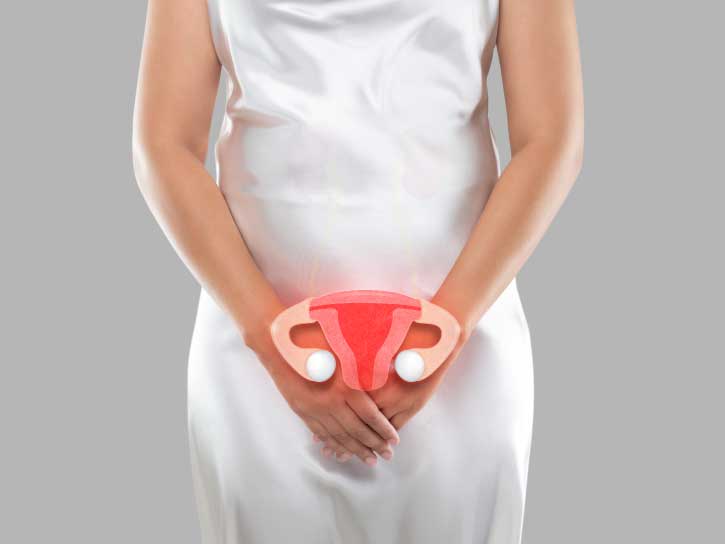Are you living with endometriosis?
Are you living with endometriosis?

Are you living with Endometriosis?
March is Endometriosis Awareness Month, so what better time to shine a spotlight on a condition that affects around 11% of Australian women at some point in their lives.
Endometriosis is a painful condition where tissue similar to the lining of the womb grows in other parts of the body. It is often associated with the pelvic region (and therefore often mistaken for period pain) but has also been detected in muscles, joints the lungs and the brain.
It’s a condition that women might live with for years before seeking treatment, often assuming that it is just “bad period pain”, and sadly, it can affect fertility as well. There are a surprisingly high number of hospitalisations per year from endometriosis (around 34,000/year), with around 80% of those being females aged 15-44.
What are the symptoms of endometriosis to look out for?
As with a lot of health conditions, the symptoms of endometriosis can often be put down to something else, which further explains why women often live with this condition for many years before receiving a diagnosis. According to HealthDirect, common symptoms include:
- Abdominal or pelvic pain, especially around the time of a period
- Heavy or irregular periods
- Bleeding from the bladder or bowel
- Bloating
- Tiredness
- Anxiety or depression
- Infertility
We’re still not sure what causes endometriosis but studies have found that family history most likely plays a part. Women who have a close family member who suffers from endometriosis are seven to 10 times more likely to develop the condition themselves. Correlations have also been found with women who start their periods early in life, get pregnant later, have low body weight, high alcohol use, or issues with their immune system.
How do I find out if I have endometriosis?
There are a few options available to determine if you have endometriosis. You doctor will most likely start by asking you questions about your period and if you have experienced any trouble trying to fall pregnant.
From there, they may suggest a laparoscopy, where a small camera looks for tissue in your abdomen, and a biopsy, where a sample of this tissue is taken for analysis.
Depending on what these investigations find, you may then be diagnosed with one of the four stages of endometriosis, ranging in severity from mild (grade one) through to severe (grade four).
Is there a cure for endometriosis?
There is currently no cure for endometriosis, but there are treatment options available. These treatment options depend on your own medical circumstances and the severity of your endometriosis, but could include options such as hormone-based treatments and pain relief. Surgery to remove the endometriosis may also be recommended, or perhaps even a hysterectomy.
It is still possible to become pregnant if you have endometriosis, but for some women IVF may be recommended.
First steps
As always, any information in our blog is of a general nature. If you are concerned that you may have endometriosis then the first step is to book an appointment with a SwiftDoc GP to talk about your medical history and symptoms. From there, your GP will recommend an appropriate course of action to diagnose and treat your endometriosis. It can be a painful condition, so don’t delay getting the medical help you need.
Sources
Australian Institute of Health and Welfare, Australian Government, Endometriosis in Australia. Accessed March 2022.
Endometriosis Australia, What is endometriosis? Accessed March 2022.
HealthDirect, Endometriosis. Accessed March 2022.